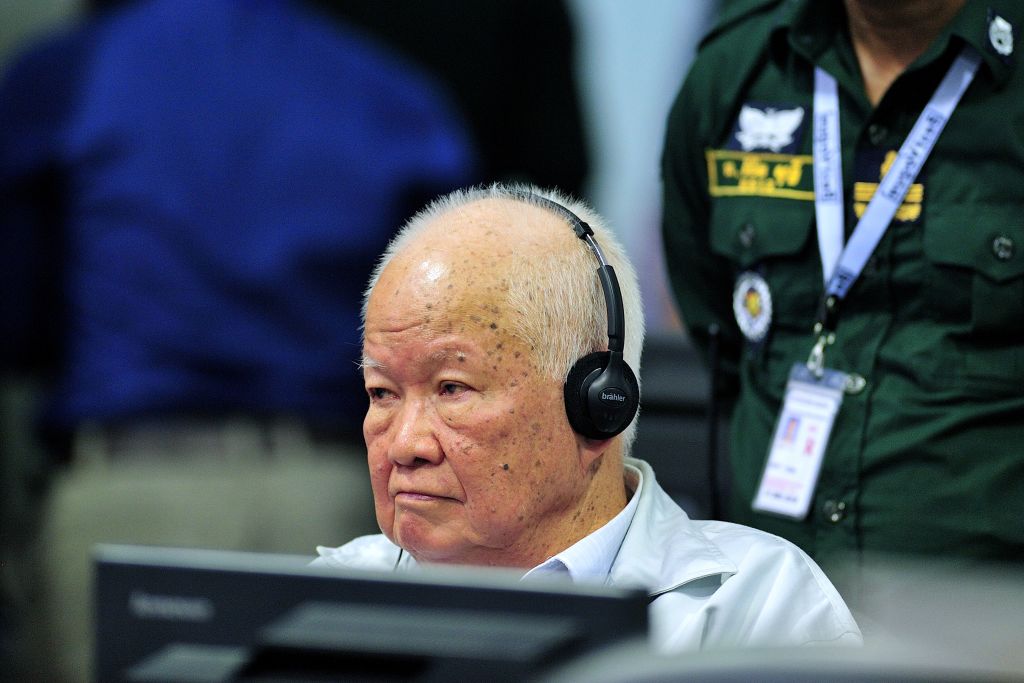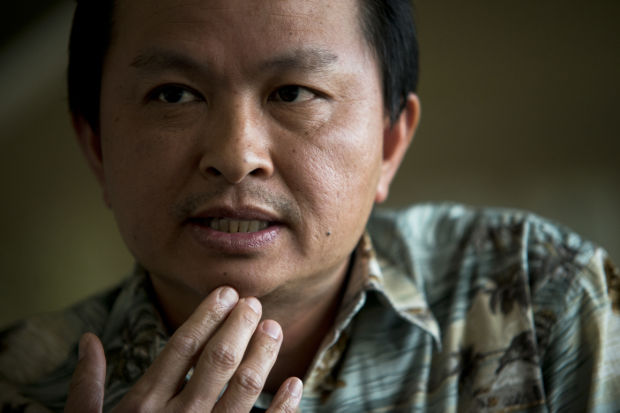

In the early 1950s, France agreed to Cambodian independence with the stipulation that hereditary monarchy give way to a constitutional monarchy with open elections. To this he added a cultural history of Theravada Buddhism. Pol ended up returning to Cambodia with a mixture of Marxism, Maoism, and Kropotkin’s anarchism (which admired the French revolution rather than Bolshevism) under his belt. For Cambodia, Mao’s interpretation was a better fit: the industrial phase was not required. Furthermore, Marxism’s requirement for a culture to pass through a phase of industrial captialism before communist revolution didn’t sit well with Cambodia’s pre-industrial, agrarian cultural background. The Cambodians weren’t ingesting European Marxism wholesale, though: being relatively new to the French language, they were impatient with French translations of abstract, technical Russian and German texts on the nuances of Marxist theory. There, he and other Cambodian students quickly become involved with the French Communist Party. As the child of an middle-class (relative to the deep poverty that defined the agrarian under-classes) family, he won a prestigious scholarship to study radio technology in Paris. The simultaneous stress of a communist insurgency in Vietnam and the rise of nationalist political movements in Cambodia was pushing an already strained French colonial rule close to the breaking point. Cambodia held a cultural memory of greatness that hearkened back to the 12th century, when the lost kingdom of Angkor Wat was the jewel of southeast Asian civilization. The hereditary monarch, King Sihanouk, ruled in name only. BackgroundĬambodia entered the post-WW2 era chafing under a century of French colonialism. The book is exhaustively detailed and very well-written I highly recommend it if you want to learn more. This post is based on the book Pol Pot: Anatomy of a Nightmare, by Philip Short. While there were certainly elements of this – as I’ll discuss – Pol Pot’s regime was more about brutal slavery and vicious punishment of any deviance, regardless of the person. The term “genocide” has been controversial with reference to the Khmer Rouge regime: while they systematically murdered or starved somewhere between 1.7 and 2.3 million people, for the most part the killings didn’t target a specific racial, ethnic, or religious group. It’s a particularly strange case of different cultural, political, and historic influences converging in a disastrous way. While I’d like to come back to those events if I can endure the topic that long, I’m starting with non-Western events.įirst up is Pol Pot and the Khmer Rouge, partly because I grew up in the 1980s around a lot of first or second-generation Cambodian and Vietnamese immigrants, but never knew much about the politics behind their flight from Southeast Asia.

Most education about these topics in the US is focused around Nazi Germany, or occasionally the Soviet Union under Stalin. I’ve decided to start a reading project on genocides and violent totalitarian dictators.


 0 kommentar(er)
0 kommentar(er)
